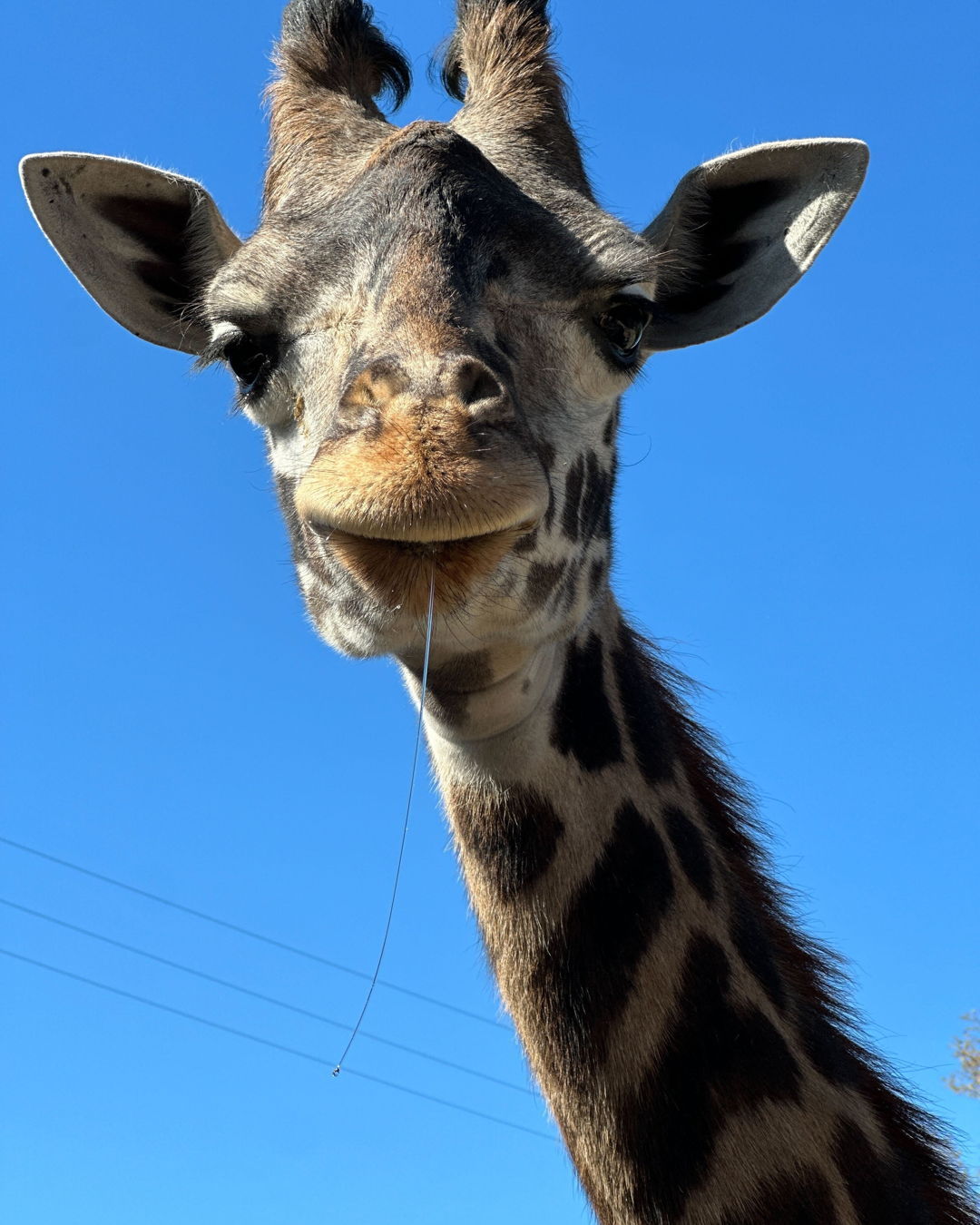-
The significance of animal behavior in captivity: Observing and understanding the behavior of Glory, a captive animal, through her interactions with keepers and how these observations contribute to better animal welfare in zoo management.
-
Interactions between animals and their keepers: The importance of the bond between Glory and her keeper, emphasizing the relationship’s influence on the animal’s wellbeing and rehabilitation.
-
Scientific analysis of facial expressions: A detailed look at the facial cues displayed by animals such as Glory, exploring what these expressions reveal about their cognitive processes and emotional states.
-
Implications for wildlife conservation: How understanding animal behavior in zoos aids conservation efforts, highlighting the role of captive animals in educational programs and the preservation of species.
- Enhancing public education and awareness: The educational value of observing animals like Glory in a zoo setting, fostering greater public interest in wildlife conservation and environmental ethics.
Captive animal behavior provides key insights into welfare, health, and adaptation within human-managed environments. Glory, a well-known animal residing in a zoo, exhibits particular attention-grabbing behaviors. Notably, the look Glory gives when her keeper walks by with a snack captures observers’ interest and provides valuable data for zoologists. Behavioral analysis uncovers how these interactions serve greater purposes in zoological studies and wildlife conservation.
In the study of captive animal behavior, small actions may reveal considerable depths of insight. Observations of Glory’s reactions when her keeper approaches with food offer a window into her routine and adaptability within captivity. Understanding these interactions improves zoo management practices. Observations cover aspects like feeding times, social interactions, daily routines, and enrichment activities that mimic aspects of their natural habitats. Every behavioral cue suggests an adjustment or optimization opportunity to enhance her habitat and daily experiences.
The relationship between an animal and its keeper is crucial for wellbeing and successful management. Glory depends on her keeper for essential needs such as nourishment, health checks, and enrichment activities. Trust between Glory and her keeper ensures smoother interactions and less stress for Glory during routine check-ups and feeding. This bond is a cornerstone for species-specific care strategies that address Glory’s individual needs. Feeding rituals often serve as a catalyst for connection, indicating Glory’s recognition of her keeper’s approach with specific behaviors like anticipation or excitement.
Understanding expressions and signals in animals like Glory calls for rigorous scientific exploration of facial movements and body language. These nuances carry information about an animal’s expectations or feelings at a given moment. Through systematic observation of Glory, researchers assess various emotional states like eagerness or contentment. Her reactions when a snack is presented might include widened eyes, an alert stance, or vocalizations indicating excitement or longing. These responses help decode complex emotional states, aiding zookeepers in tailoring care approaches to fit her specific behavioral needs, fostering a healthier captive life.
Enhancements in understanding the look Glory gives when her keeper walks by with a snack extend to larger conservation issues. Captive breeding programs and zoological studies contribute significantly to global biodiversity conservation. Insights from monitoring animal expressions impact breeding success and social structures within captive environments. Animals serve as conservation ambassadors, educating the public and stimulating interest in the protection of species in the wild. Zoos often partner with conservation programs that use knowledge gained from such captive studies to support species recovery plans and habitat restoration projects.
Public education and engagement through zoos provide significant conservation value. By observing animals like Glory, visitors gain awareness of diverse species’ needs and the threats they face in the wild. Zoos provide a controlled environment where key educational messages about species preservation can be communicated. The story of Glory and her keeper provides a single point of enthralling interest that captivates audiences, potentially inspiring a new generation of conservationists. Such efforts bridge the gap between human populations and distant wildlife ecosystems, emphasizing the interconnectedness of global biodiversity.
Understanding the look Glory gives when her keeper walks by with a snack embodies more than a simple exchange between animal and human. It serves as a complex communication tool that highlights broader themes in zoological management and conservation science. The insights derived from such interactions enable better care and enhance the effectiveness of zoological institutions as educational tools for conservation efforts worldwide, ensuring the survival and understanding of species for generations to come.
*****
Source Description
The look Glory gives when her keeper walks by with a snack…


